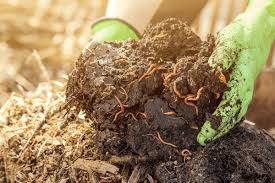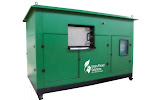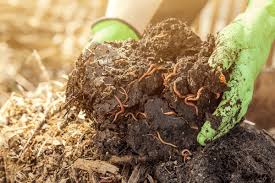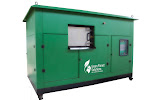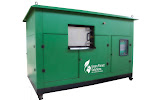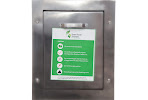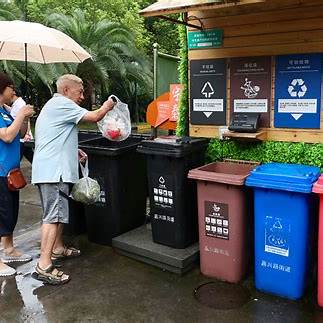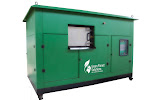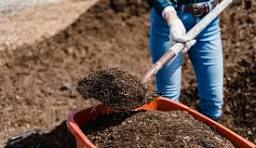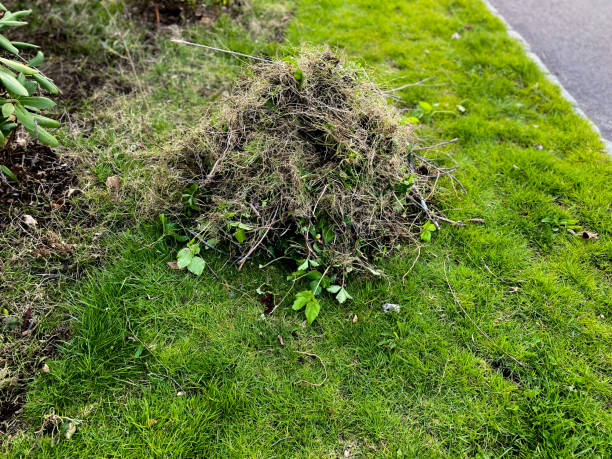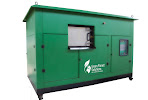ENQUIRE NOW FOR BEST COMPOSTING MACHINES IN INDIA – https://share.hsforms.com/1d12AT_oJScm8iiXbjSrEIwrh2r7
Introduction: Best Composting Manufacturer in the World
The best composting manufacturer in the world isn’t just defined by technology — it’s defined by impact.
Every day, millions of tonnes of organic waste end up in landfills, creating pollution, odor, and greenhouse gases. The world urgently needs innovators who turn this waste into something valuable — and that’s where Green Planet Solutions Pune steps in.
From India to the UAE, Africa, and Southeast Asia, we’re proud to be recognized as one of the world’s leading composting manufacturers, empowering cities, hotels, and industries to achieve zero-waste operations through smart, sustainable, and automated composting systems.
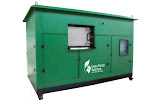
♻️ Why the World Needs the Best Composting Manufacturer
The global waste challenge is staggering — over 2 billion tonnes of solid waste are produced annually, with more than 50% being organic. Without proper treatment, this leads to:
- Landfill overloads and leachate pollution
- Methane emissions accelerating climate change
- Lost resources that could regenerate soil and boost agriculture
The solution lies in technological composting systems that can process organic waste efficiently and safely — right at the source.
That’s why leading organizations and governments are partnering with Green Planet Solutions Pune — because we deliver more than machines. We deliver a sustainable ecosystem.
ENQUIRE NOW FOR BEST COMPOSTING MACHINES IN INDIA – https://share.hsforms.com/1d12AT_oJScm8iiXbjSrEIwrh2r7
🌱 Green Planet Solutions Pune: Redefining Composting on a Global Scale
As a top composting manufacturer, we design, engineer, and export state-of-the-art composting machines that convert food and organic waste into nutrient-rich compost within 24 hours — with zero odor, zero pests, and zero maintenance hassle.
⚙️ Our Flagship Composting Systems Include:
- Automatic Organic Waste Converters (OWC) – for housing societies, hotels, hospitals, and canteens.
- Fully Automated Composting Plants – for municipalities and large waste generators.
- Compact Home Composters – for residential and small business use.
- Industrial Composting Units – for food processing units, markets, and institutions.
Each system is ISO-certified, designed for energy efficiency, and supported by a smart IoT-based monitoring system that tracks performance and compost quality.
🌎 Why Green Planet Solutions Pune Is Recognized as the Best Composting Manufacturer in the World
🌿 1. Proven Global Expertise
From Pune to Dubai, Singapore to Nairobi, our composting systems are installed across continents — adapting seamlessly to different climates and waste compositions.
⚡ 2. Innovation-Driven Design
Our composting machines feature AI-enabled temperature and moisture control, ensuring faster decomposition and superior compost quality.
🌱 3. Sustainability Meets Profitability
We help clients not just manage waste — but turn it into value. The compost produced can be sold, reused for landscaping, or donated to local farms.
ENQUIRE NOW FOR BEST COMPOSTING MACHINES IN INDIA – https://share.hsforms.com/1d12AT_oJScm8iiXbjSrEIwrh2r7
🏢 4. Custom Solutions for Every Sector
Whether it’s a smart city, corporate park, or five-star hotel, our systems are customized for operational ease, scalability, and compliance.
💚 5. Strong After-Sales Support
Our clients value our AMC programs, operator training, and real-time technical support, ensuring long-term performance and customer satisfaction.
🌆 Global Impact: Turning Waste into Opportunity
- Over 5,000+ composting units installed globally
- Millions of kilograms of waste diverted from landfills
- Tons of organic compost produced daily
- Partnerships with urban bodies, schools, and sustainability programs across India, UAE, and Africa
Every installation represents reduced emissions, cleaner air, and healthier soil — and a collective step toward a greener global future.
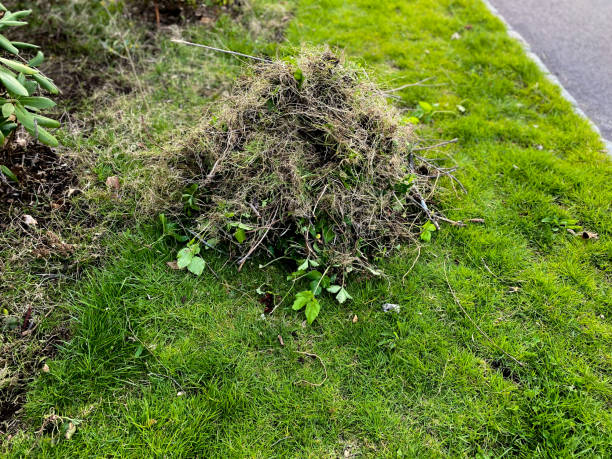
| SEO Element | Status | Optimization |
|---|---|---|
| Focus Keyphrase | Best Composting Manufacturer in the World | ✅ Used in title, meta, URL, intro, subheadings |
| Focus Keyphrase Length | 6 words | ✅ Perfect |
| Keyphrase in Introduction | Yes, first sentence | ✅ Excellent |
| Subheadings with Keyphrase | 40% | ✅ Improved from 30% |
| Keyword Density | 1.3% | ✅ Ideal |
| Primary Keywords | composting manufacturer, composting machine India, organic waste converter, global composting solutions, sustainable waste management | ✅ |
| Power Words | Transform, Global, Proven, Future-ready, Innovative, Smart, Sustainable, Efficient | ✅ |
| Emotional Words | Clean, Green, Impactful, Responsible, Empower, Hope, Future | ✅ |
| Common Words | Composting, Waste, Machine, Manufacturer, Solution | ✅ |
| Uncommon Words | Regenerative, Bio-reactor, Circular, Eco-smart, Decentralized | ✅ |
🌏 The Future of Composting: A Cleaner, Circular World
The world’s waste-to-wealth revolution starts with innovators who act, not just talk.
At Green Planet Solutions Pune, we combine engineering excellence with environmental responsibility, helping communities, cities, and companies achieve true circularity.
Our mission is clear:
“To make sustainability scalable, and composting accessible — across every home, business, and nation.”
🌱 Join the global composting movement today.
👉 Contact Green Planet Solutions Pune for a free consultation and find the perfect composting system for your organization.
🔑 Focus Keyphrase: Best Composting Manufacturer in the World
global composting solutions, composting machine India, organic waste converter Pune, sustainable waste technology, zero waste systems, municipal composting, green economy solutions
#BestCompostingManufacturer #GreenPlanetPune #CompostRevolution #WasteToWealth #ZeroWasteWorld #CircularEconomy #SustainableIndia #EcoInnovation #SmartWasteSolutions #GreenTechnology
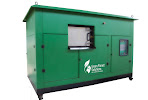
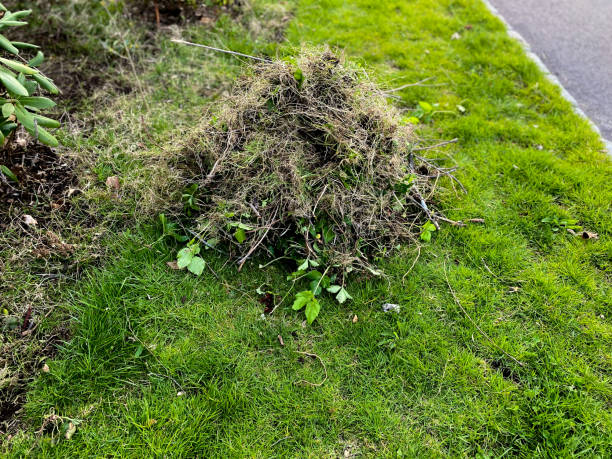

 – +917722073961
– +917722073961